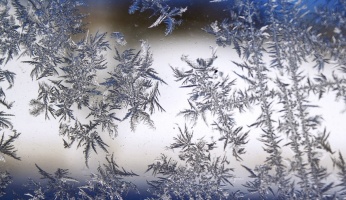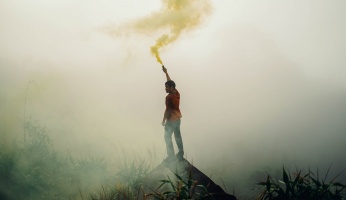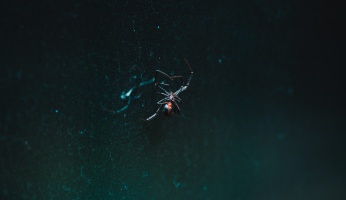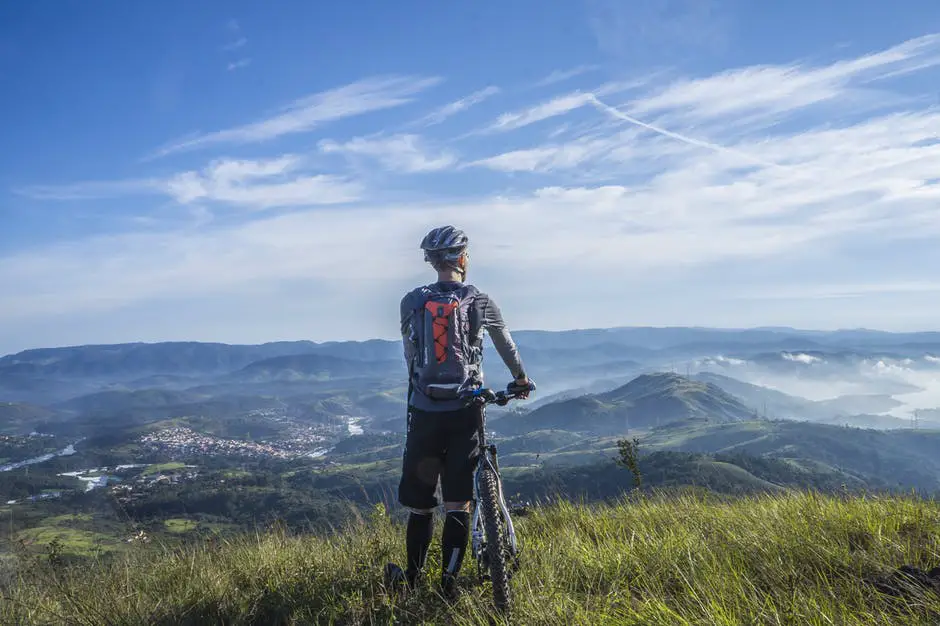Survival Skills: How to Survive in the Desert
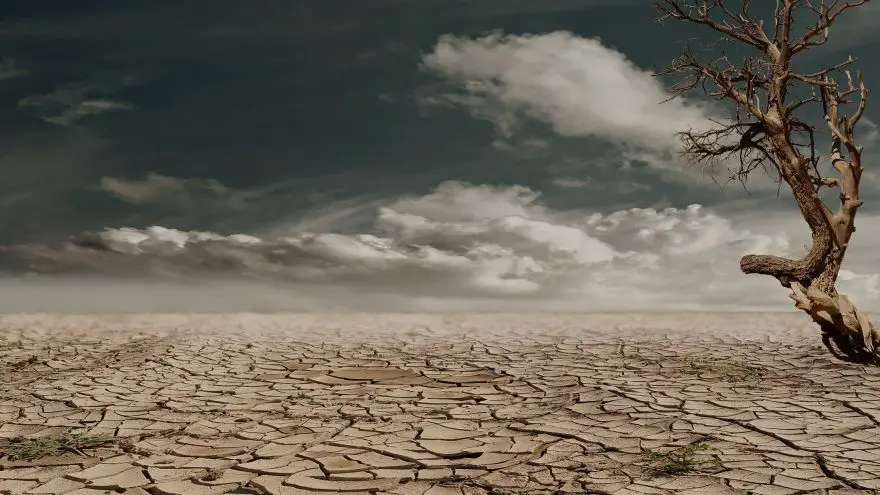 Survival Skills: How to Survive in the Desert
thegearhunt.com
Survival Skills: How to Survive in the Desert
thegearhunt.com
The desert…dry…hot…thirsty…
This is the resting place for the bleached bones of many creatures; animal and human alike. Those bones were picked clean by flocks of opportunistic vultures and the unrelenting sun.
If you travel through, live near or in a desert, this is the article you need to read.
Deserts represent a survival challenge that is unique. They aren’t like any of the other environments on the planet. This means that you have to follow a totally different set of rules when you want to survive in one.
Between the lack of water, venomous critters, and heat that is like nothing else, the desert might just represent the worst place on earth in which you can be stranded.
For this reason, I have put together some of the best survival tips for you.
Desert Survival Introduction
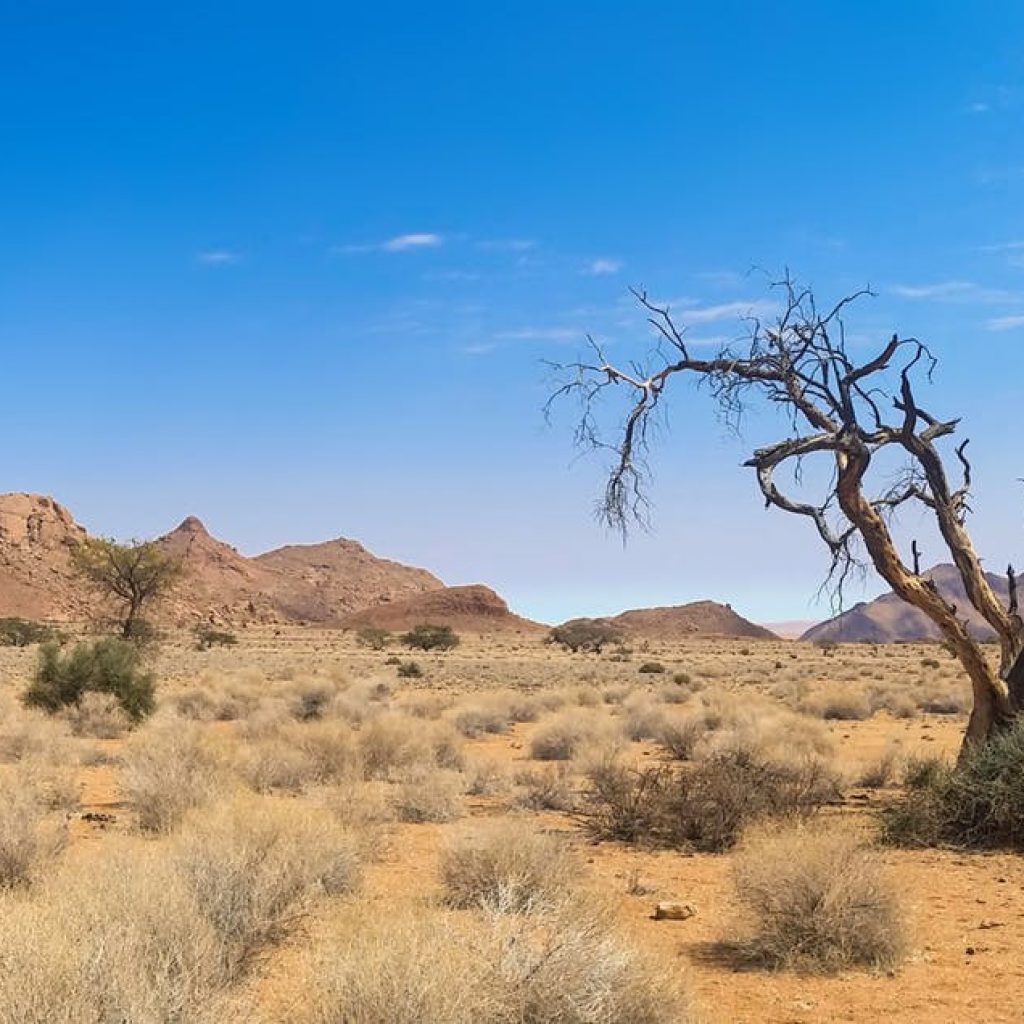 Sure, when you are in a well air-conditioned vehicle, the dangerous environment that is the desert might not even cross your mind. This is because you have safely isolated yourself from the heat that is unbearable. You might even absently take a sip from your chilled bottle of water if you feel a bit of a thirst.
Sure, when you are in a well air-conditioned vehicle, the dangerous environment that is the desert might not even cross your mind. This is because you have safely isolated yourself from the heat that is unbearable. You might even absently take a sip from your chilled bottle of water if you feel a bit of a thirst.
You don’t have a single care in the world.
Don’t let your guard down though. All it will take is one single mishap and you might just get the chance to experience just how unforgiving the desert can be.
Are you ready for that? For your sake, I certainly hope so. See, not only do deserts inflict unbearable pain with just dryness and heat, they offer many more survival traps to the unsuspecting. They are dangerous too. They include flash floods, dust or sandstorms, scorpions, venomous snakes, and more.
To that end, here are a few survival tips for you.
Always Let Someone Know Where You Will Be
Anytime that you plan to travel either into or through a desert, be smart and tell someone your plans.
Have you ever heard of a man by the name of Aron Ralston? If you have seen the movie 127 Hours, you will know who he is. When it comes to the world of survival, he and his story are famous.
Aron went into the desert alone to go canyoneering. Accidents ensued, and he ended up with his hand being crushed by a boulder that shifted unexpectedly. If you haven’t seen the movie, I will stop here to avoid spoilers, but suffice it to say that he ultimately regretted not sharing his plans with anyone.
Don’t be like Aron. Tell someone you trust what your plans are. Preferably someone who will notice and worry if you don’t return. Don’t just tell some gas station attendant on the edge of the desert. They won’t even notice if you go missing or even remember that you told them in the first place. If they do remember or notice, they will more than likely not contact the authorities anyway.
Instead of doing something like that, tell a close friend or a family member. Tell them when you will be leaving, where you will be, and when to expect you to return. Once you have done that, stick to the plan.
If you do this and something untoward happens, the person you shared your plans with can alert rescue personnel as soon as possible and tell them where to concentrate their efforts to locate you.
Keep Cool
This might seem to be a bit of an oxymoron but give it a minute. You might think that the first thing you should do when stranded in the desert is to seek out a source of water. You might think that water will be difficult to find in a desert, and you would be right.
However, wandering around in a desert trying to find water can increase the rate of your dehydration. Dehydration begins when you are losing water – through sweat or urination – at a rate that is faster than you are taking water in. When the water you take in is less than the water going out for a significant length of time, you become dehydrated. If you don’t fix this soon, death will ensue.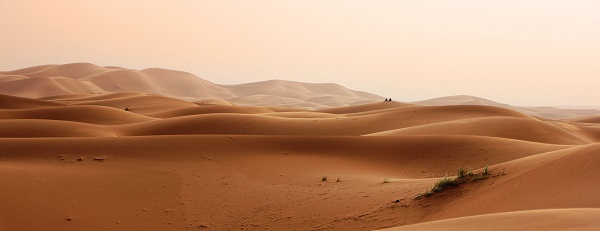
If you want to reduce how quickly you will die by dehydration, there are 2 things that you can do. You can either drink some water or you can mitigate the loss of water.
In a desert that is brutally hot, in the heat of the day, mitigating the loss of water is the more actionable choice. It is much better than stumbling around trying to find an oasis that may or may not be there.
The risks and rewards of trying to find a source of water in a desert while the sun is burning you up sucks. See, it is guaranteed that you will lose quite a bit of water just by sweating. That being said, the chances of finding enough potable water to replenish what you lose are slim to none.
Instead of losing all that water, find a bit of shade and rest when the day is at its hottest. You will need the rest since you will need to be more active during the night when it is cooler. Those cooler hours are the best time to build a solar still, search for food and water, and to travel.
You might also want to try not to sit on the hot sand or ground. Ground in the desert that has been under the scorching sun for hours will retain its heat. Instead, you need to find a bit of ground that has been under some shade for a few hours.
Make a Solar Still
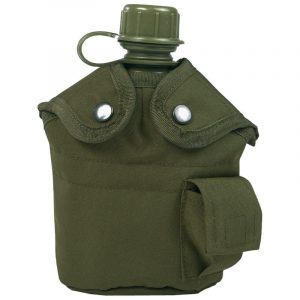 If you travel near or in the desert quite a bit, you should stash a bit of thin plastic in your vehicle or backpack. This is what you will need to create a solar still if you ever get stranded in the desert. If you can create this still, you will be able to collect a bit of water.
If you travel near or in the desert quite a bit, you should stash a bit of thin plastic in your vehicle or backpack. This is what you will need to create a solar still if you ever get stranded in the desert. If you can create this still, you will be able to collect a bit of water.
Solar stills are easy to make, ingenious contraptions. They essentially create a mini greenhouse that allows the heat to enter through a plastic vapor barrier. The heat then gets trapped and can’t escape.
The heat forces any moisture in the soil to vaporize and this creates a humid atmosphere to be trapped under that vapor barrier. Once the sun goes down, as the temps drop, the moisture from the air condenses on that plastic. When you set up your solar still correctly, you will be able to collect all of this moisture in a container.
A solar still is easy to create. Here is how:
- Dig a hole that is round and dig down a few feet
- Set up a small pit for collection in the middle of the hole with your plastic sheet
- Stretch another thin sheet of plastic across the top of the hole and hold that sheet in place with rocks
- You will need that plastic sheet to be off the ground in the middle, but with a dip. You can do this by adding a smaller rock in the center of that sheet.
Now, that plastic sheet will assist in collecting moisture. Water will build up slowly on the sheet and run to the center of it. Once the water that is building up in the middle of that sheet gets to be heavy enough, it will then drop into the pit.
This process probably won’t get you enough water in the desert to fill a water bottle, but it might just slow your dehydration down enough so that you will last until you are rescued.
Also worth reading best freeze dried food for survival
Food Shouldn’t be a Worry
This particular tip basically boils down to probabilities and statistics. The good news is that your chances of dying in the desert from starvation are quite low. This is because injury or dehydration will most likely kill you first, or you will get rescued before you have a chance to die of starvation.
Healthy people can go as long as 3 weeks with no food. The body will use your reserves of fat first when there is no food. Then it will move to consume the fibers in your muscles. Since starving to death is a process that is slow, save your worrying and energy for the other survival priorities.
That said, don’t just put on your idiot hat and pass up free food when it presents itself. You might stumble onto a birds nest filled with eggs, snare a snake or a rodent, etc. If you do any of these things, then by all means, Bon Appetit!
However, if you have no ready source of food, just ignore your stomach. There are survival issues that are more critical for you to worry about.
Don’t Build Day Fires
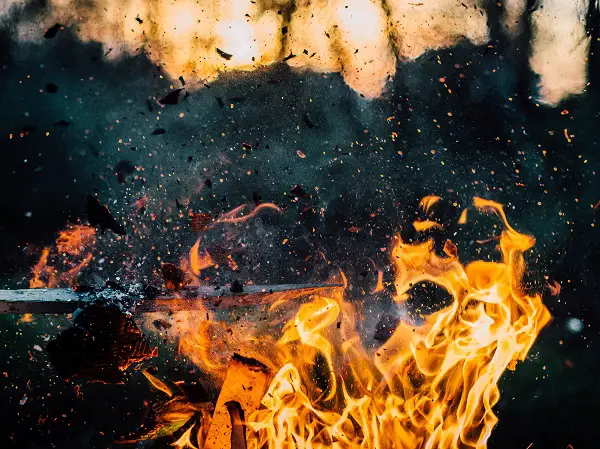 Come on, this one should be common sense. Why would you build a fire in the heat of the day in the desert? Yes, you might need one, but it certainly won’t be when the sun is up.
Come on, this one should be common sense. Why would you build a fire in the heat of the day in the desert? Yes, you might need one, but it certainly won’t be when the sun is up.
For one thing, starting a fire requires energy. Keep in mind that you need to save your energy for when the sun goes down. You also need to mitigate the loss of water by avoiding things that will make you sweat. Additionally, in case you just crawled out from under a rock and didn’t know this, fires are hot!
You might be thinking of using the smoke from a fire to signal for help. The thing is, when the sun is up, it is better to use a small mirror for signaling, which is why you should always have one in your backpack. You can also use the shiny blade of a pocket knife for this. These are great for flashing a bright light at passing planes or helicopters.
There is one exception to the rule. If you have a method of creating smoke that is thick and black, do it. For example, if you are stranded in your vehicle, drain the oil from it and set it on fire (the oil, not the vehicle). Rescuers will be able to spot smoke like this from quite a few miles away.
Other than that, the ideal time for a desert fire is at night. This is for 3 main reasons:
- Rescue teams will be able to spot even small fires from great distances in the desert.
- It can get really cold in the desert at night. In the desert, the chances are good that you won’t be wearing any heavy clothing items. The warmth of a fire can prolong your life.
- Fires at night can protect you a bit from predators such as mountain lions, bobcats, and coyotes.
This means that another good survival tip for the desert is to ensure that you pack a few ways to start a fire in both your vehicle and your backpack. You might want to pack a good survival lighter, waterproof matches, and fire strikers.
Watch Out for Snakes
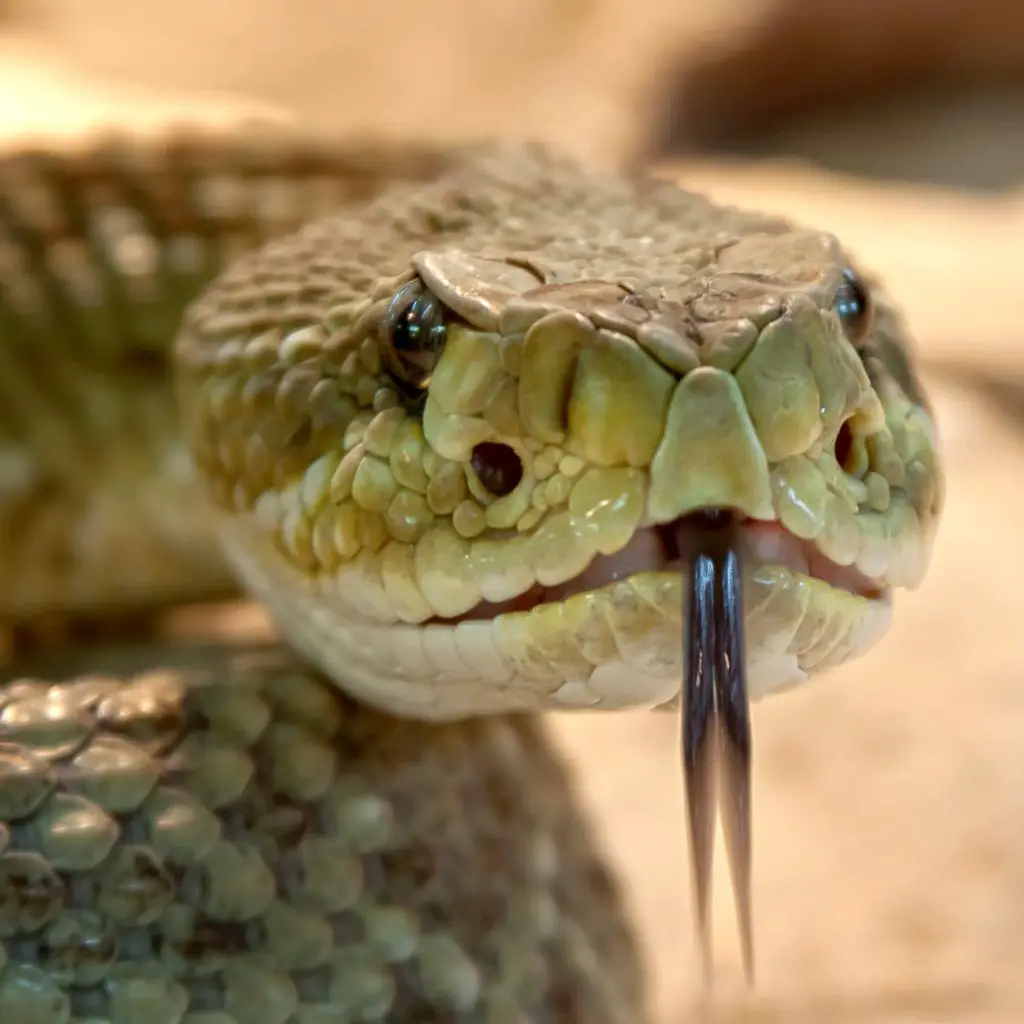 We just mentioned a few dangerous animals. However, when you are stranded and lost in the desert, you will have a greater chance of dying from a bite from a rattlesnake than you will of being mauled to death by a bobcat.
We just mentioned a few dangerous animals. However, when you are stranded and lost in the desert, you will have a greater chance of dying from a bite from a rattlesnake than you will of being mauled to death by a bobcat.
This means that when it comes to the places you choose to rest, you will need to be vigilant. Any area that you plan to use for sitting or sleeping needs to be thoroughly checked out. The very last thing you need in the desert is to be bitten by a poisonous rattlesnake. Bites like that are what is known as game-enders. Rattlesnakes aren’t the only snakes you need to be vigilant about either. There are also sidewinders.
Many people might think that you need to watch for scorpions too, but it is rare that someone is stung by a scorpion. Pay attention to where you put your rear end and you should be safe from scorpions.
Hopefully, you won’t be stranded or lost in the desert, but if that ever happens to you, at least you will know what to do now.
Sources
- YouTube, Solo Survival – How to Survive Alone in the Desert
- DesertUSA, 26 Tips for Surviving in the Desert
- SurviveNature, Surviving in the Desert
- Seeker, Desert Survival: 8 Simple Tips that Could Save Your Life





